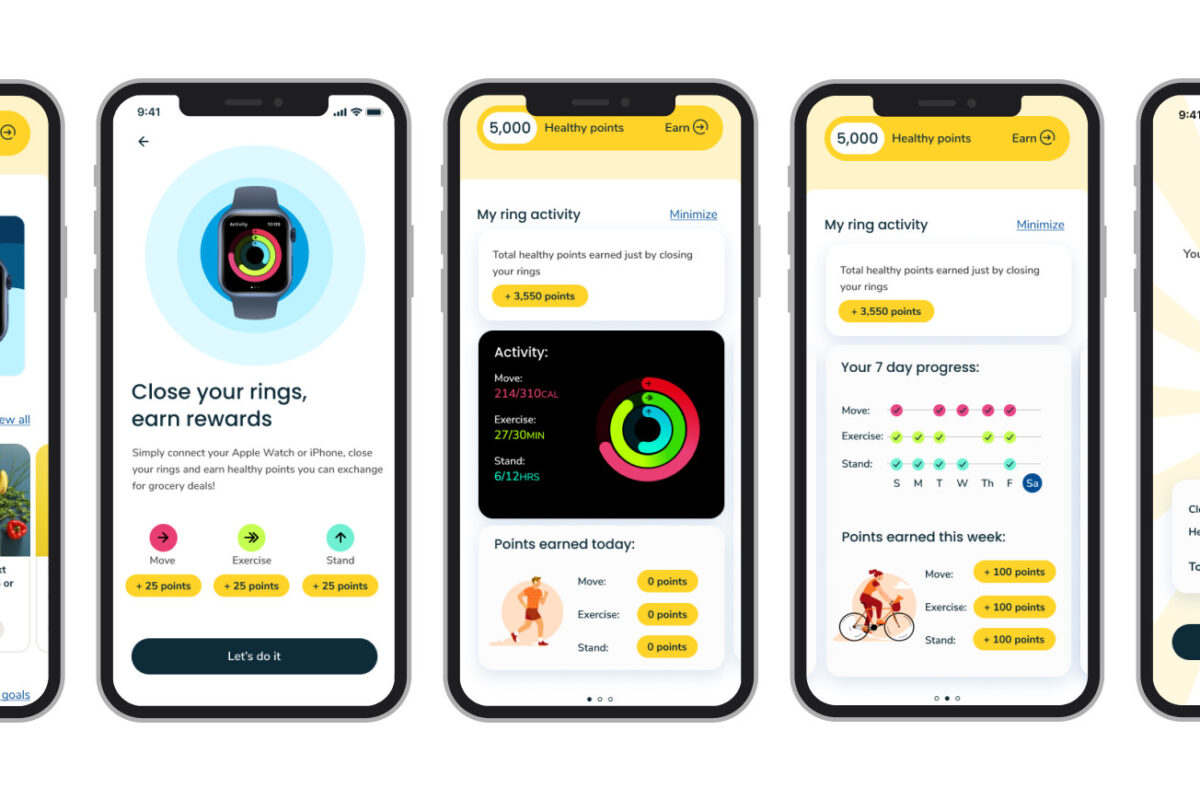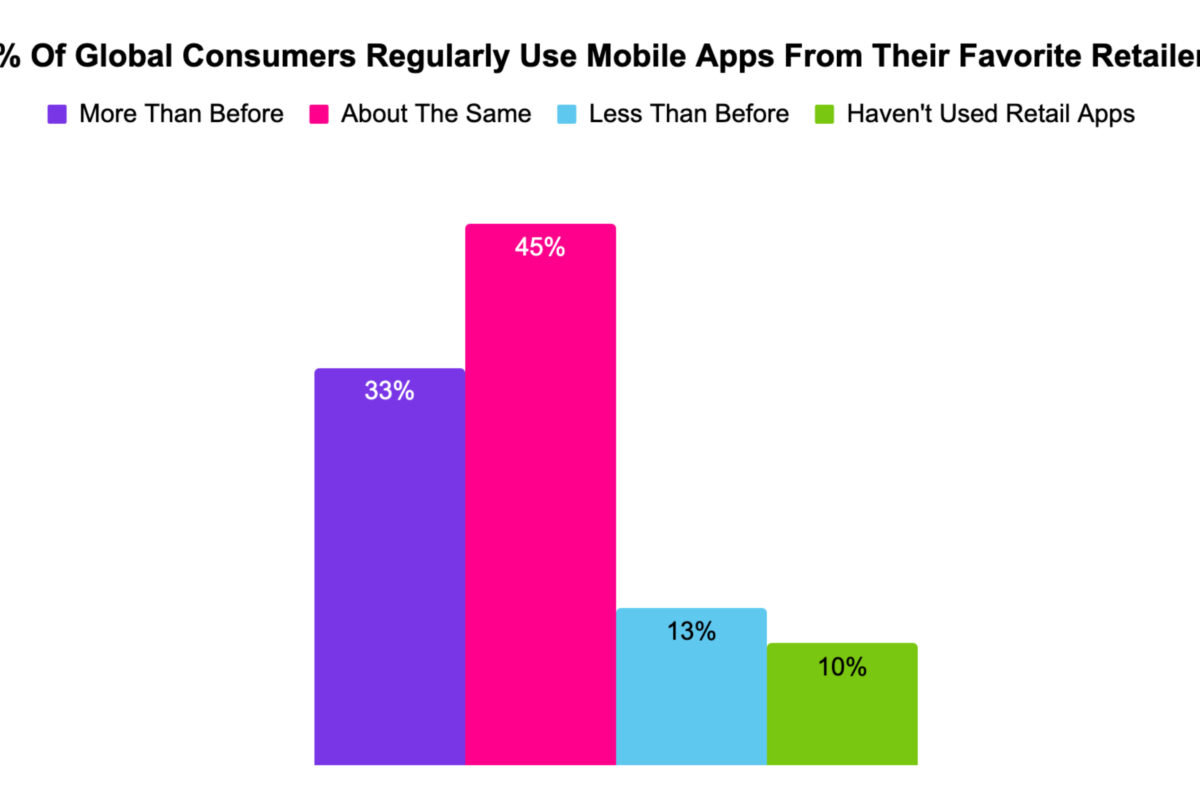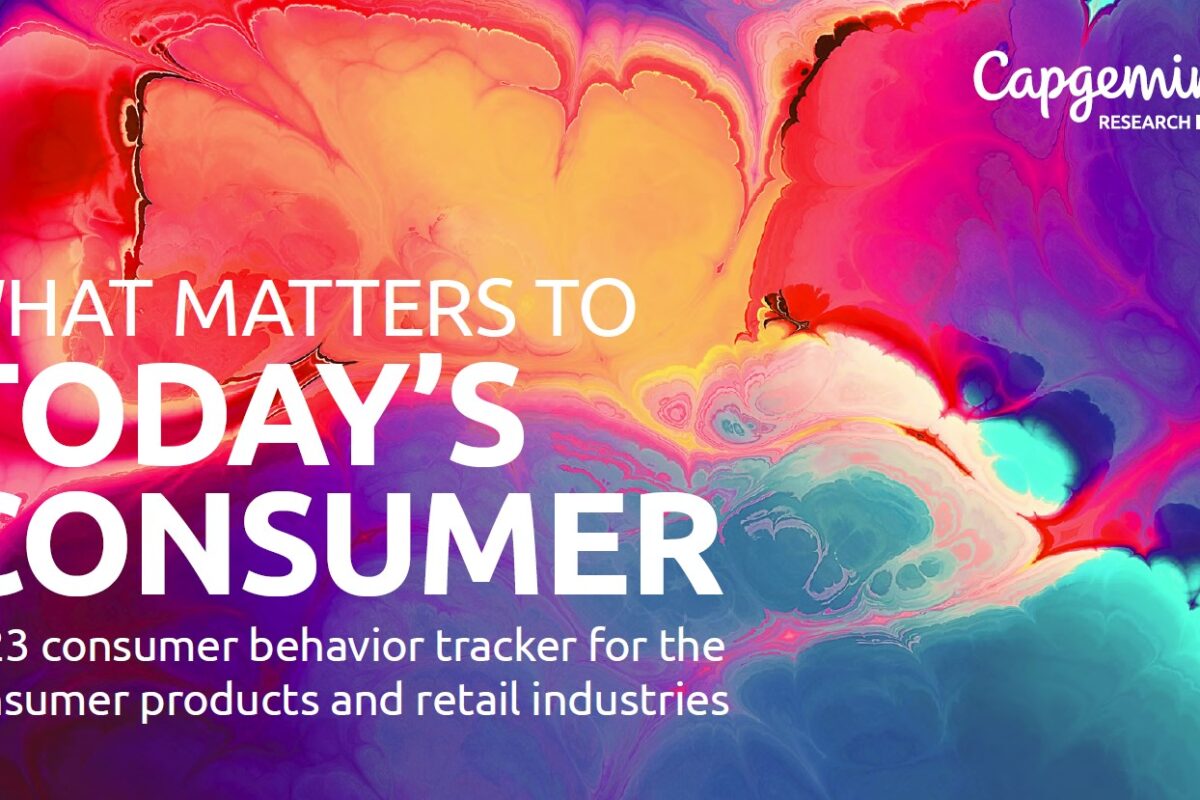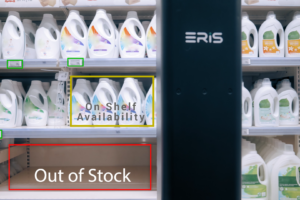Steps to diverse and inclusive corporate structures
by Julia Pott (exclusively for EuroShop.mag)

Diversity covers the entire spectrum of human differences, including characteristics such as ethnicity, gender and gender identity, sexual orientation, age, social class, physical abilities and many more. // © Wylly Suhendra/Unsplash
Many businesses are committed to diversity and equality – and highlight their support quite literally: For Pride Month in June 2021 most brands opted to showcase their logo in the colors of the rainbow pride flag. When it comes to their pledge to respect diversity and inclusion (D&I), brands become more credible when this mindset is also reflected in the corporate structures and the way they treat their employees.
The following is an overview of how several leading retailers tackle their progress in this area and the inevitable measures they derive from it.
Relevance for workforce and customers
It is critical for retailers to explore this issue because they might unintentionally exclude potential customers and subsequently limit their future sales. A 2019 study by Accenture studied the shopping behavior of millennials. The results showed that the purchasing decisions of this consumer group – born between 1980 and 1999 – are also influenced by whether retailers genuinely practice inclusion.
Millennials are more likely to choose a brand that genuinely implements D&I practices in a variety of areas. Nearly 70 percent of millennial respondents indicated this applies to
- promotions and offers,

42 percent of ethnic minority shoppers would switch to a retailer committed to inclusion and diversity. The same goes for 41 percent of LGBT shoppers according to a study by Accenture global Retail practice. // © Accenture
- in-store experience and
- the brand product range.
The same criteria apply when it comes to their choice of retailer.
Sephora, the French multinational retailer of personal care and beauty products commissioned a study in the United States aimed at tackling racial bias in retail. Here are some of the results of its “Racial Bias in Retail” study:
- Two in five shoppers have personally experienced unfair treatment because of their race or skin color.
- One in five retail employees cite having experienced unfair treatment in the workplace due to their race – either from customers or colleagues.
This can have implications for retail companies and brand manufacturers on two levels: Customers with a shopping experience that is tainted by exclusion feel less welcomed, spend less time shopping at a retailer (either in-store or online), feel propelled to exclusively shop online, affecting their willingness to buy and decreasing their brand loyalty in the process.
Exclusion and discrimination in the workplace can also have long-term effects on employees: Persistent patterns of unpleasant experiences in the workplace can negatively influence employee morale and commitment, impact the length of their employment, and adversely affect their mental and physical health.
Marketing and communicating diversity and inclusion is one thing, internalizing, fostering, and delivering D&I is quite another. The employees are not the only ones who benefit if these values are firmly anchored in organizational structures. The principles are ultimately also reflected in customer-centric areas including product development, store design, marketing, and service quality.
We compiled several examples that showcase how companies approach and promote D&I internally. The good news: This is not an exhaustive list as there is an endless abundance of ideas and actions.
Raising awareness about the issue
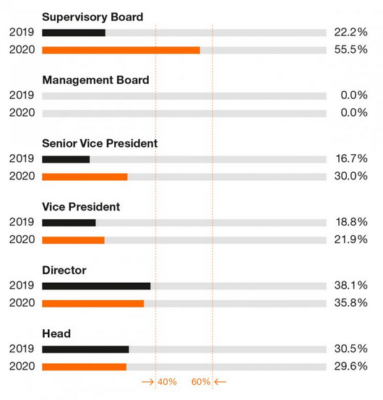
In its “Diversity & Inclusion Report 2020”, Zalando uses graphics to illustrate the proportion of women in management positions compared to 2019: unfortunately, some changes did not go in a positive direction. // © Zalando
The critical first step for companies is to acknowledge and identify problems and challenges and to create awareness with all stakeholders.
To this end, the British supermarket chain ASDA introduced so-called “Colleague to Colleague Stories”, designed for coworkers to connect and share with each other how they personally experience discrimination. Examples of this include name mispronunciations, misgendering, challenges with lip-reading due to masks and discrimination of women in management positions as they are often mistaken for subordinates of their male colleagues.
Creating transparency about the situation and progress
The next step for companies who focus on consistent D&I implementation is transparency as it pertains to existing, current problems and subsequent improvements through measures taken both in-house and externally.
In July 2020, Selfridges, a chain of high-end department stores in the United Kingdom, set up a Diversity Board. The twelve inaugural members were elected by their fellow team members and assume responsibilities such as collecting demographic data, identifying problem areas, promoting exchange, and reviewing guidelines. According to Selfridges, 66 percent of its workforce disclosed having a disability in 2021 compared to only one percent in the previous year.
German online retailer Zalando regularly publishes reports documenting the areas that need improvement and indicating whether taken measures have proven effective.
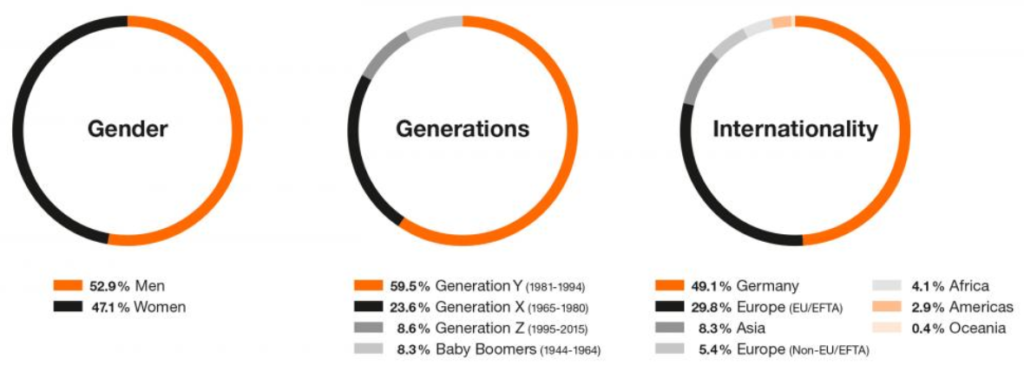
Workforce diversity at Zalando in 2020 as it pertains to gender, generations, and internationality. // © Zalando
Corporate activities promote diversity and inclusion
Needless to say, an analysis should result in subsequent measures that benefit and promote D&I.
Sainsbury’s, the second largest chain of supermarkets in the United Kingdom, has set up a development project for ethnic diversity. The program is led by a top professional leadership coach and aims to give all associates access to the tools and other resources that enable them to achieve their career goals.
Joules is a British clothing company that changed over to “remote recruiting” and “remote working” in efforts to attract top talent and gain access to wider candidate lists. According to Joules, remote work eliminates barriers that inherently disadvantage minority groups as job applicants. This includes candidates with disabilities, job seekers with caring responsibilities and foreign hopefuls.
In the United States, Sephora heeded the call of the Black Lives Matter movement: Black-owned brands now comprise 15% of Sephora’s product assortment at its stores. The percentage is equivalent to the Black or African representation in the US.

LinkedIn Post from WHSmith // © WHSmith
Marketing activities to promote D&I in society
As stated earlier, implementing diversity and inclusion across an organization also means taking a firm stand and promoting subsequent measures.
WH Smith is a British retailer for news, books and convenience that sponsored the “Swindon and Wiltshire Pride” parade and supported the event with volunteers.
Read how retailers and businesses were supporting the LGBTQ community in June 2021.
Everybody benefits
Diversity and inclusion create and foster a positive work environment that cultivates and maximizes employee potential: Diverse talents, different perspectives and experiences promote greater agility and boost ideas and solutions.
It is also a great strategy that wins new customers and increases profits. Clearly, the implementation of a sustainable D&I strategy in a company amounts to more than just a marketing project. In fact, it is a way for businesses to achieve long-term success.










